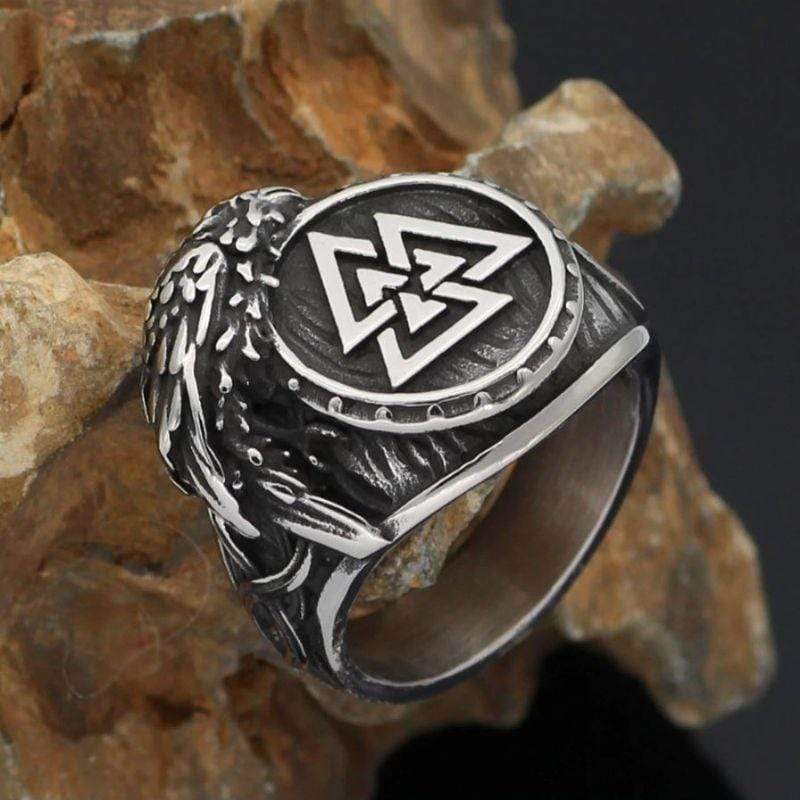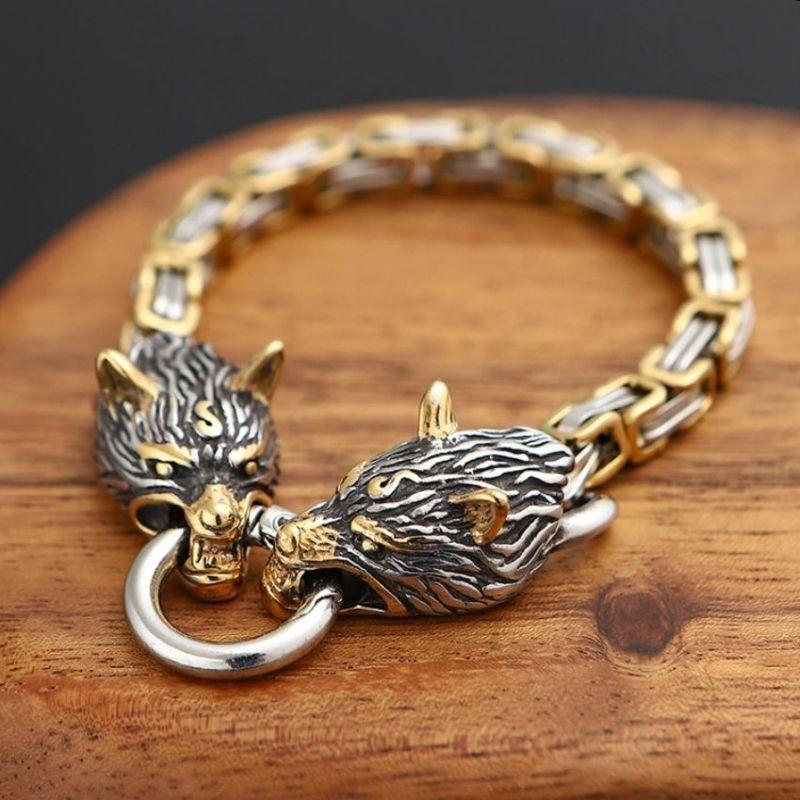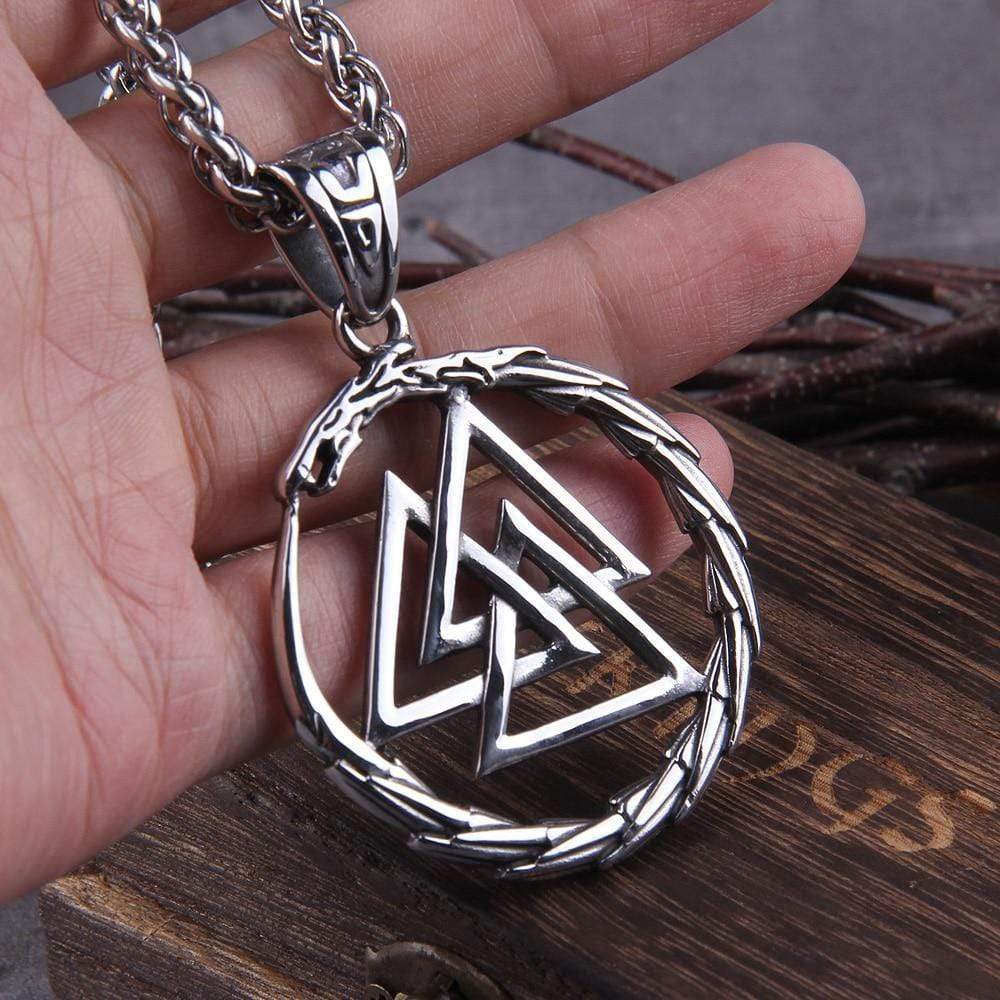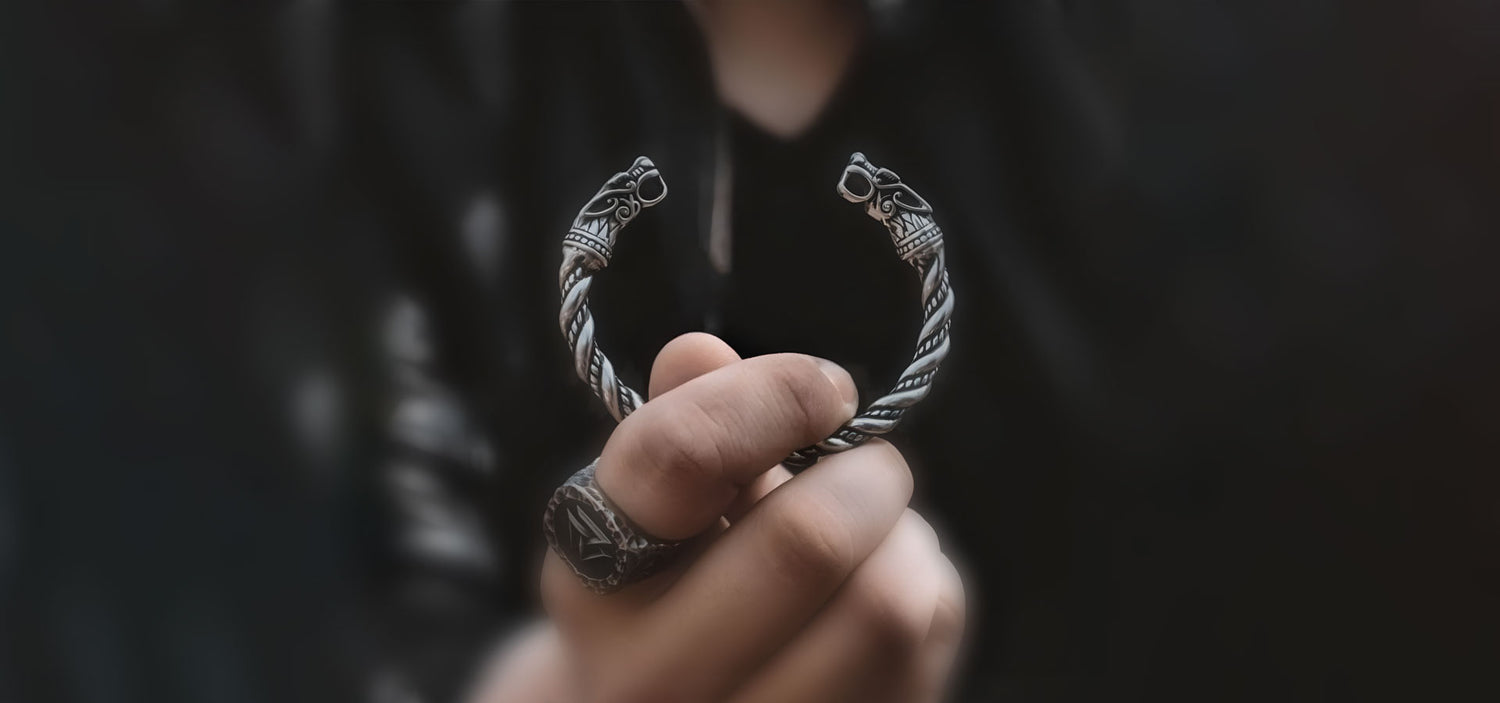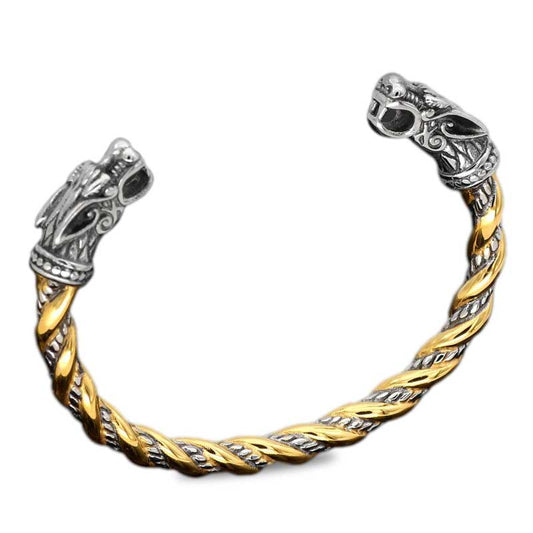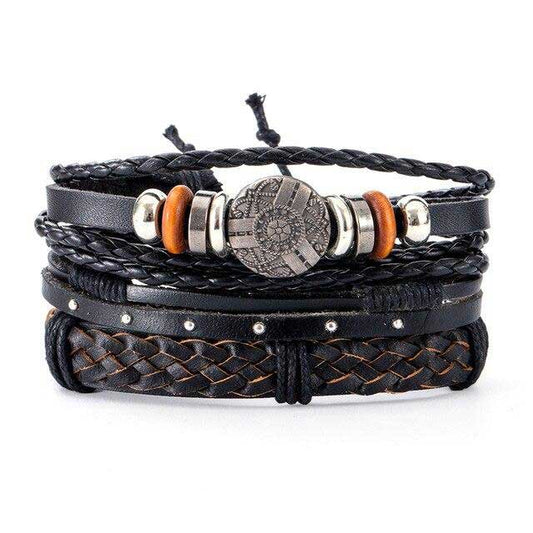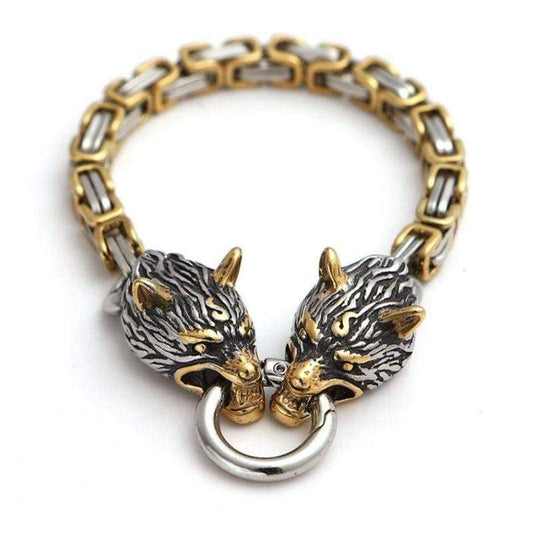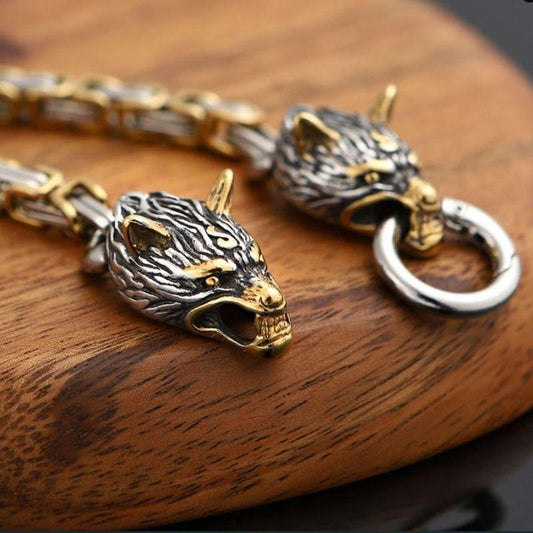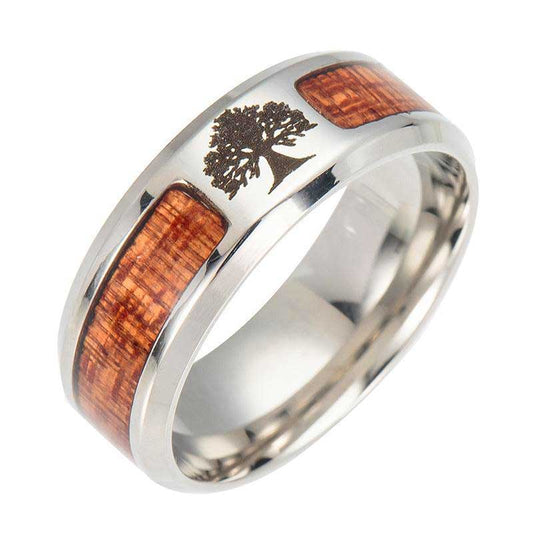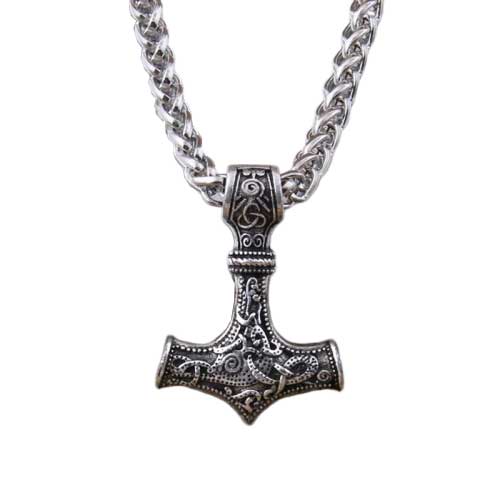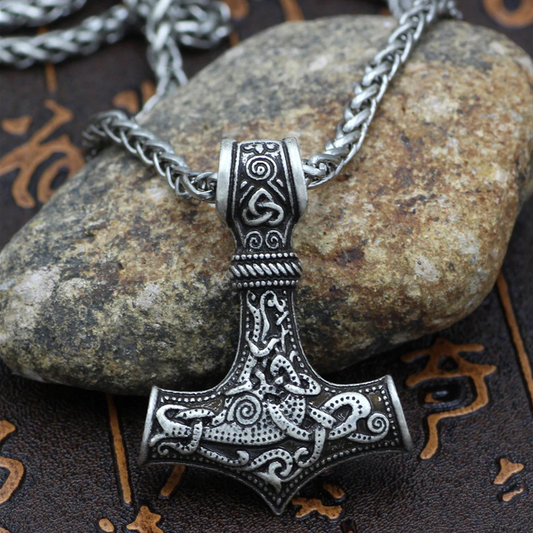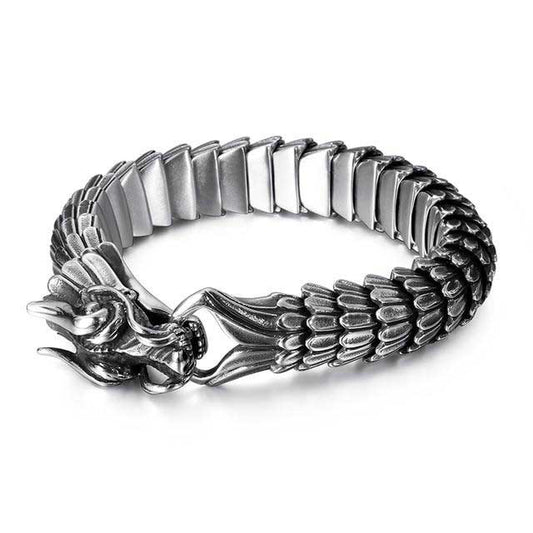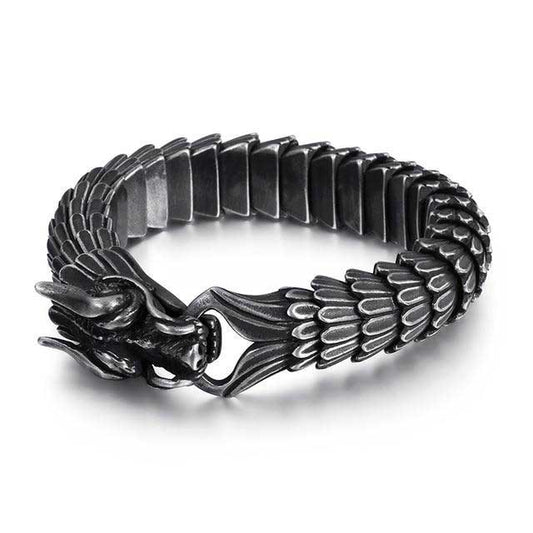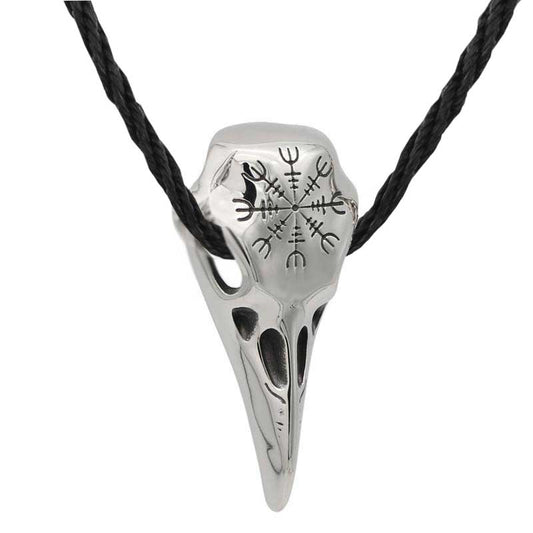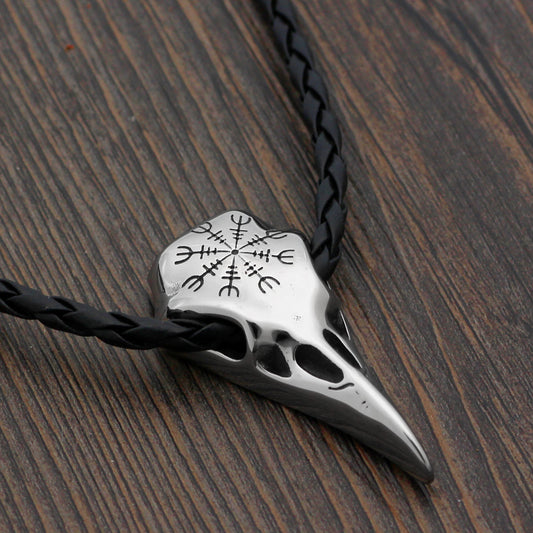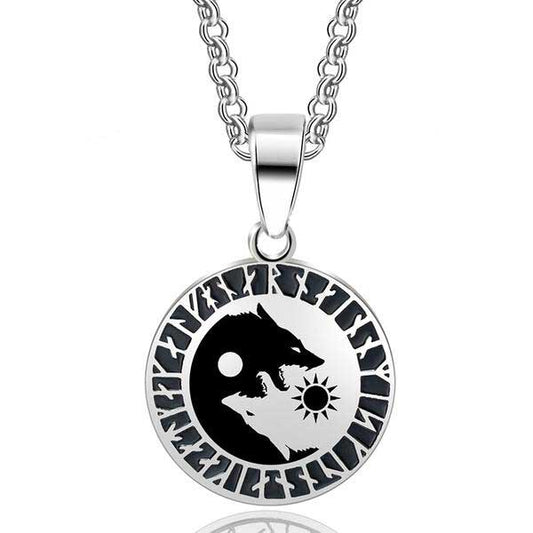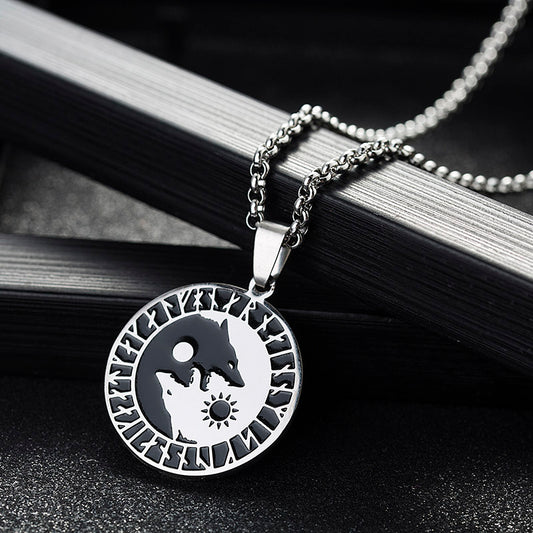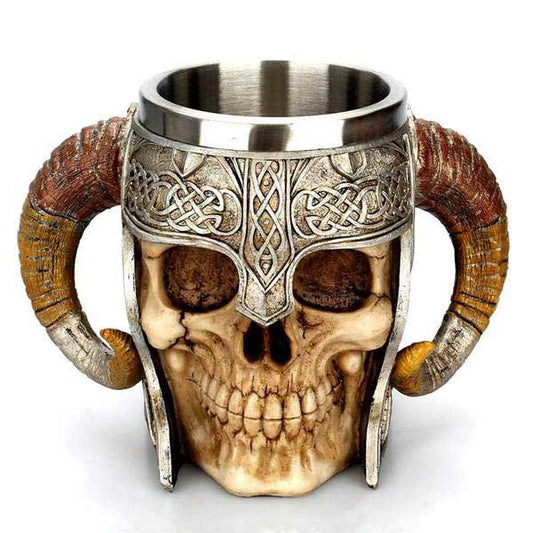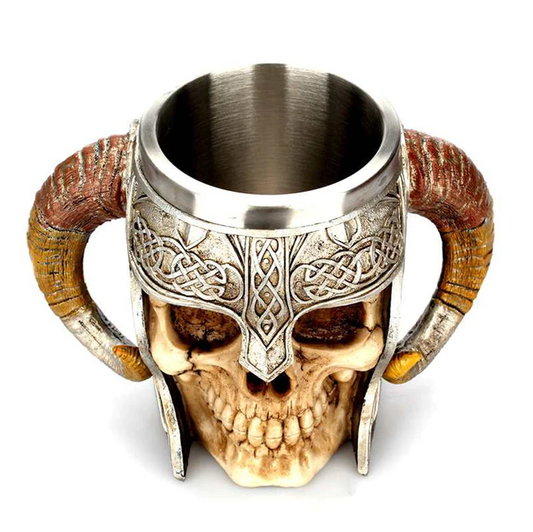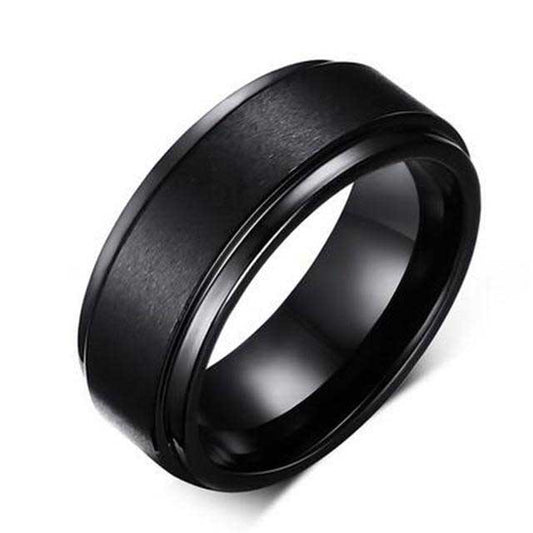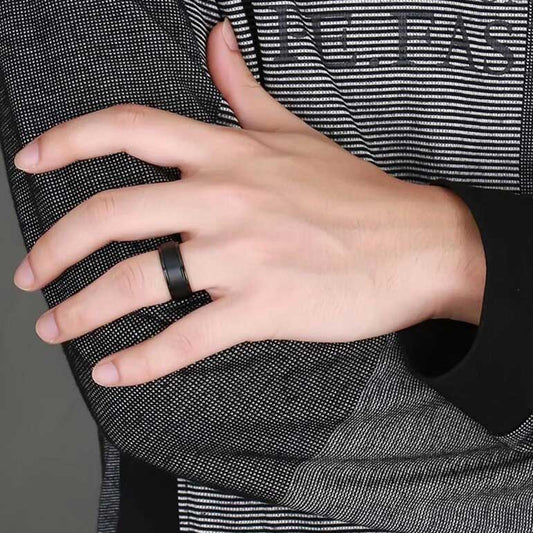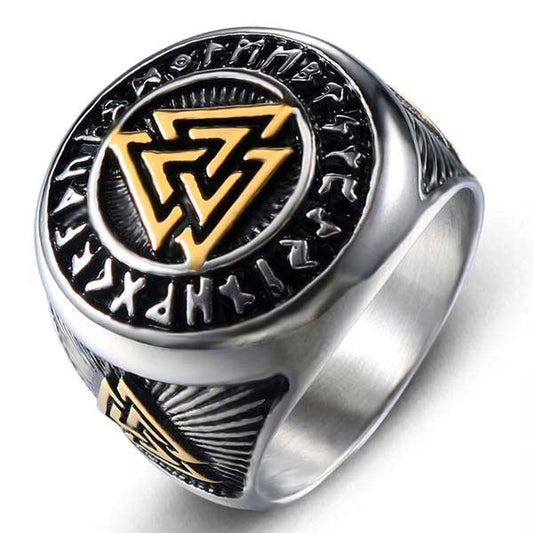Often described as big dirty brutes , the Vikings finally seem far from the image they have been given for a long time. Those who took care of their hygiene were all the same white-skinned and very often blond. Due to the life they had, the Vikings had a fairly short life expectancy. 45 years old for a man and 38 years old for a woman – very often due to a complicated childbirth. But what did the Vikings really look like?
The morphology of the Vikings

The Viking man was on average 1.75 meters tall . The woman was on average 1.58 meters tall . This lower growth than today can be explained by the nutrition of the Vikings. Nutrition that was surely poorer than what we enjoy today.
The morphology of the male and female was much closer and more similar than it is in contemporary populations. Viking women possessed more masculine traits , and men more feminine traits . Enough, moreover, to complicate the distinction of the skeleton of a man from that of a woman by researchers during archaeological excavations. Thus, women possessed a pronounced jawline and eyebrows. Which was less so on the side of their male counterparts.
What did the Vikings look like?

The idea that we have of the Vikings in books or simply in the collective imagination is not necessarily the right one. Vikings are often depicted as tall, fair-haired, pale-skinned and light-eyed. The study of skeletons found has more or less been able to confirm this theory. However, with some subtleties.
The Vikings had very pale skin , due to their geographical origin. But the barbarians of the north were far from all having blond hair. Some were red, and even brown . But it is however certain that the populations of the north had a real admiration for blond hair . And this until they base their ideal of beauty on it. Archaeologists have also found objects that could have been used to make a lighter color, both at the level of the hair and at the level of the beard. Ibn Fadlân, a scholar of Arab origin in the 10th century, devotes part of his travels and his stories to the Vikings. In the writings that follow his encounters with the peoples of the North, Ibn Fadlân stresses: “I have never seen bodies more perfect than theirs. By their size, they look like palm trees. They are blond and ruddy complexion. »
Louise Kæmpe, a Danish historian, assures that the skin and the body of the Vikings were marked by the labor of their work as peasants and warriors. Many had to have scars , impossible to hide and repair as it is possible to do today. The Vikings seemed more muscular than modern humans, but also more affected by osteoarthritis . And their teeth also seemed damaged .
Body modifications in the Vikings

We imagine the Vikings tattooed from head to toe . And this is what Ibn Fadlân asserts in his writings. However, the skin of the latter, fragile, is never found unscathed in the Viking burials discovered. There is then to date no proof that the Vikings were actually tattooed.
If we don't really know about tattoos today, we are in any case convinced of one thing: the Vikings filed their teeth . At least for warriors. During archaeological excavations, Viking teeth were found. These had horizontal lines, which had been filed down. The purpose of this practice remains unclear. Some theories assure that it would be to scare enemies during battles. If not to affirm their warrior status.
It was also possible that the women, and the men, were made up . Ibn Fadlân writes that “there is also artificial makeup for the eyes. Beauty will never fade, on the contrary, it increases ”.
Hygiene, strong point of the northern barbarians

If in the stories the Vikings were depicted as big dirty brutes, it is not so in truth. Many objects intended for their personal hygiene were found in the tombs, whether female or male. Combs , razors , tweezers or ear cleaners .
All were made from bone, wood or ivory. The combs very often had a case, surely very useful for men to carry them during their expeditions. They were used as much for styling one's hair as for removing lice and vermin from the hair and beard.
The British monk and chronicler John of Wallingford writes about Viking hygiene in the 11th century. “They used to comb their hair every day, take a bath every week, change their clothes often, and adorn themselves with various frivolous dressings. Thus they managed to undermine the virtue of married women and to persuade even the daughters of nobles to become their concubine. »
In some collections, it is written that the washing of hands among the Vikings was carried out before each meal . Regarding the baths, one can imagine that they take place in lakes or streams in summer. During archaeological excavations, basins have been found, like Finnish saunas. And this in many Scandinavian places.
In terms of clothing, the Vikings also paid attention to it. In some burials, colored clothes have been found during archaeological excavations. Blue and red are the most common colors on clothes. With, sometimes, gold or silver seams . All this, in the eyes of researchers, clearly proves that the Vikings appreciated refined clothing.
Viking hairstyles
Viking men mostly had beards . Which could symbolize strength and virility . But which could also be a real asset of seduction. Vikings took care of their beards. They combed her hair and trimmed her.
Beyond the beard, men had multiple styles of hairstyles . Viking slaves had to wear very short hair. Middle-class vikings, on the other hand, had shoulder-length hair.
On the hairstyle side, men could also tie their hair at the base of the skull , during combat or when they worked. Some cut their hair, even shaved it at the level of the nape of the neck, thus forming a sort of mullet. No horned helmet on the other hand, even if this idea is today anchored in collective thought.
You can discover our men's collection and women's collection for our hair accessories.
As for the fairer sex, female slaves also had to wear their hair very short, as a sign of servitude. Young unmarried Vikings wore their hair long and loose . They were sometimes tied in a braid . And married women often had their hair tied back, or rolled up in a bun. It could happen that Viking women decorated their hair with beads or other decorations .
The Vikings are thus in truth very far from the image which one gives to them in the films and the stories for children of today.
